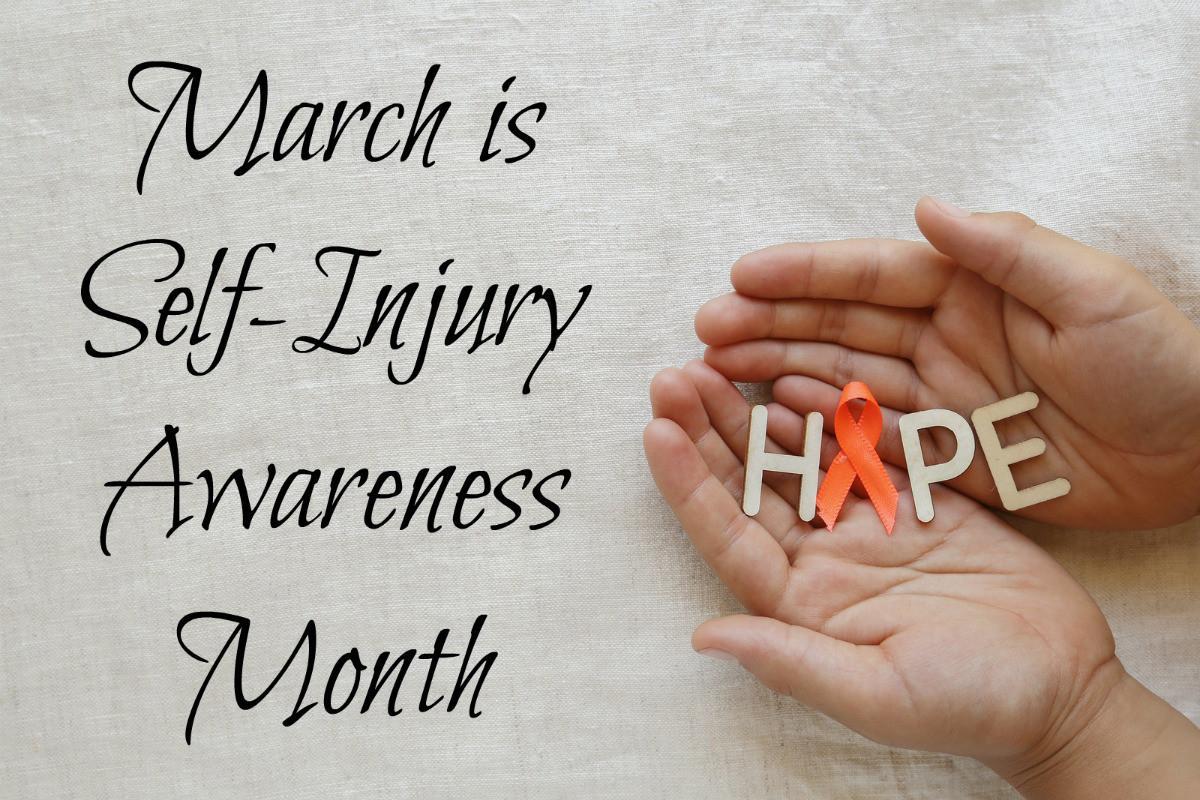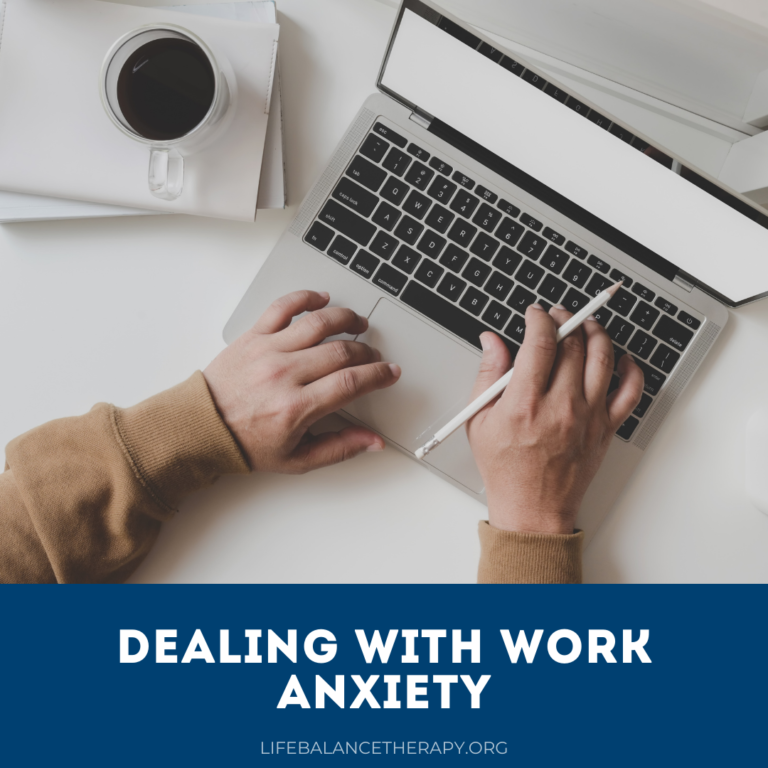
Self-Harm Awareness Month
Self-Harm Awareness Month
March is Self-Harm Awareness Month, an annual, global awareness event and campaign. Throughout the month of March, educators, medical professionals, and policy makers organize conferences and workshops to focus the public’s attention on matters related to self-harm. For example, many of the events center around how to identify if someone is struggling with self-harm and how to best help those who self-harm. There is a common misconception that people who self-harm are attention seeking or manipulative. In order to provide better care for those struggling, we must break down the stigma and stereotypes often surrounding self-harm. The first step in breaking down the stigma is global awareness.
While self-harm is not a mental illness within itself, it often coincides with other mental health disorders. People struggling with depression, anxiety, PTSD, eating disorders, substance abuse disorders, and more are at higher risk of self-harming. Due to the complex nature of self-harming, effective treatment plans are uniquely tailored to each individual. However, therapy is often a major component of self-harm treatment. Below we will discuss why people self-harm, the warning signs, and how therapy can aid the recovery process.
Why and the Warning Signs
Simply put, self-harming behavior indicates a need for better coping skills. People who have experienced trauma, neglect, or abuse are more likely to develop self-harming tendencies. Additionally, adolescents aged 12-24 are the age group most likely to engage in self-harm. Nevertheless, the events during Self-Harm Awareness Month emphasize that self-harm can happen across all genders, races, beliefs, and ages.
People who self-harm often lack the ability to deal with their difficult emotions, or they have been conditioned since childhood to hide their emotions. For those who lack a healthy way to express emotions, harming themselves may feel like a much needed release. Moreover, injuring oneself can stimulate the body’s endorphins or pain-killing hormones, thus raising one’s mood. Alternatively, someone may self-harm as a form of punishment. Finally, if a person struggles to feel many emotions, they may injure themselves to replace the numbness with a feeling more “real” and tangible. Clearly, there are a multitude of reasons why someone may harm themselves. Regardless of the reason why someone is harming themselves, it can quickly become a dangerous cycle and long-term habit. Therefore, it is extremely important to identify self-harming behavior as soon as possible and get help.
Major Warning Signs
It is very common for people to go to extreme lengths to hide their self-harming behavior. This may mean that confronting someone about their self-harming behavior could cause them to act defensive, angry, or upset. If you are thinking about confronting someone regarding your concerns, remember that the most important thing is to listen and provide non-judgmental, unconditional support. If someone you love is struggling with symptoms of depression, anxiety, sadness, anger, mood swings, or a rapid disinterest in things they used to enjoy, they may also be struggling with self-harm. Additionally, signs of alcohol or drug abuse may indicate self-harming tendencies.
Here are a few signs to look out for: unexplained injuries on the arms, wrists, thighs, and/or chest. If the person you are concerned about always has an explanation for their injuries, but they don’t add up, or seem implausible, pay further attention. Some more warning signs include a stash of sharp tools, or frequent blood stains on a loved one’s belongings. Signs that someone has been pulling their hair out may indicate self-harm. Also, if someone is constantly covering up their body, even when it is hot outside, it may be due to self-harm. Furthermore, if someone adamantly avoids situations or activities where their skin may show, they may be trying to hide self-inflicted injuries or scars. Lastly, increased problems at school or work, and withdrawal from family or friends are also signs of self-harm.
How Therapy Can Help
The main goal of therapy is to, first, uncover and define the underlying issues that trigger self-injury. Perhaps there is an undiagnosed mental health disorder causing or amplifying self-harming behavior. Or, maybe self-harm is a coping mechanism someone developed because of unresolved trauma. Whatever the underlying issue is, therapy provides a safe, supportive space to explore the root cause of self-harming behavior. Then, psychotherapy can teach someone the skills to better manage distress, regulate emotions, and boost self-image. Psychotherapy can also help develop skills to improve relationships and social skills, as well as develop healthy problem-solving skills.
Cognitive behavioral therapy, also known as CBT, is a form of therapy proven to be effective in the treatment of self-harm. CBT helps people identify unhealthy, negative habits and patterns and replace them with healthy, adaptive ones. While self-harm may offer individuals temporary relief, it fails to help the person work through the issues that created the harmful impulse. The sooner we can identify self-harming behavior and replace with healthier coping mechanisms, the better. While self-harm is not the same as attempted suicide, self-harming behavior can increase one’s risk of intentional or accidental death.
Find a Therapist
Again, to avoid the serious, sometimes fatal consequences of self-harm it is important to get help as soon as possible. The sooner someone breaks the habit of self-harming, the easier it will be to replace with healthier, more effective coping mechanisms. Chriselda Santos, licensed psychotherapist and certified life coach, specializes in leveraging people’s natural strengths and capabilities to foster healthy change. She offers a range of therapy techniques, including CBT. Chriselda is dedicated to creating a compassionate therapy experience that is tailored to each client and their needs. For more information about Chriselda’s approach to therapy, or to book an appointment, visit her website.



